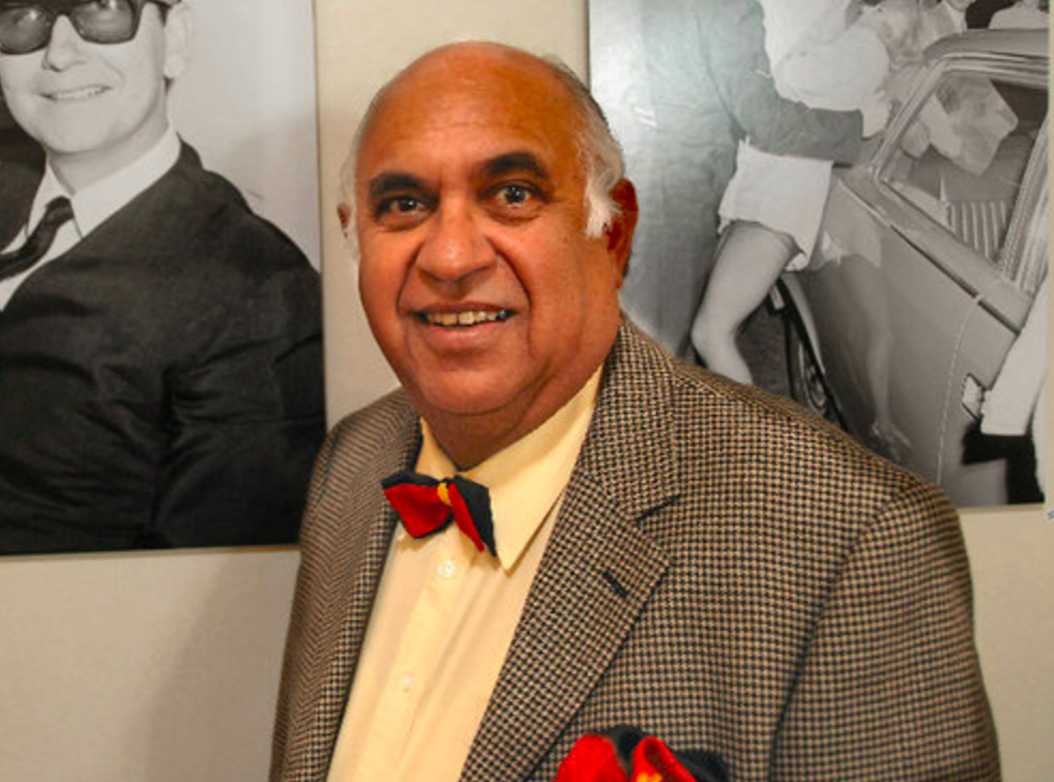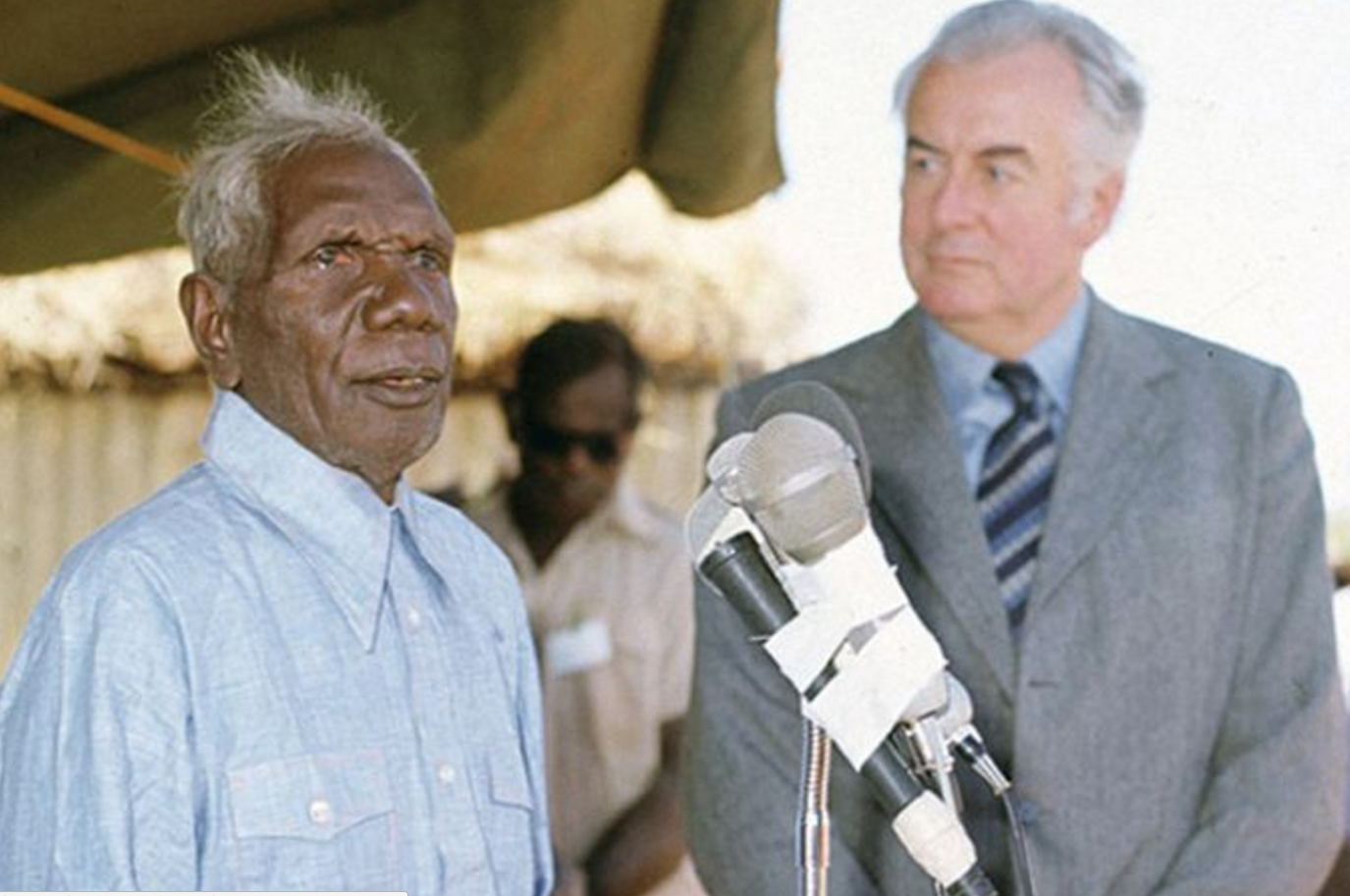It's an iconic photograph that has come to symbolise the birth of the Indigenous land rights movement in Australia.
BuzzFeed News spoke with the Aboriginal photographer who took the picture, on the 50th anniversary of the Wave Hill walk-off.

More than 41 years after it was taken it remains a powerful image.
In August 1975, acclaimed Aboriginal photographer Mervyn Bishop was working for the Department of Aboriginal Affairs. Bishop was in Brisbane when he got a call from his boss in Canberra telling him, "We want you to go to the Northern Territory because the prime minister is going up there to do this ceremony."
The prime minister was Gough Whitlam and the ceremony, held on 16 August 1975, was to hand back traditional lands to the Gurindji people after nine years of fighting for them.
"It was Saturday and it was a lovely day, beautiful day," Bishop told BuzzFeed News. "Lots of people and everyone was dressed up nice and neat and they had a ceremony under a bough shed: posts in the ground with netting and the trees put over the top."

The ceremony saw Whitlam pour red soil into the hands of Gurindji elder Vincent Lingiari.
Lingiari had led his fellow Gurindji stockmen off the nearby Wave Hill station demanding better working and living conditions nine years prior. That industrial action would become the birth of the land rights movement.
The bough shed was too dark for photographs, so Bishop asked Whitlam and Lingiari if they could recreate the moment in the sun.

"I just said, 'Would you mind if I did this outside?' There was a nice blue sky and Mr Whitlam said, 'Very well.’ I helped Uncle Vincent out and asked him, 'Do you mind if we do this picture again?’, and he said, ‘Oh, that’s okay’, and so I led him out," Bishop said.
"He [Lingiari] had trachoma and his vision wasn’t that good. Mr Whitlam got outside and said, ‘Will this do?’, so he’s in position and I got old Uncle Vincent, who has deeds in one hand. Then old Gough bends down and picks up some red earth and I thought, Okay, this is it. I took four or five pictures on the Hasselblad [camera] in colour."
Forty-one years later Bishop says his photo belongs to everyone.
"It belongs to Australia, to Australian blackfella history and white Australian history."
